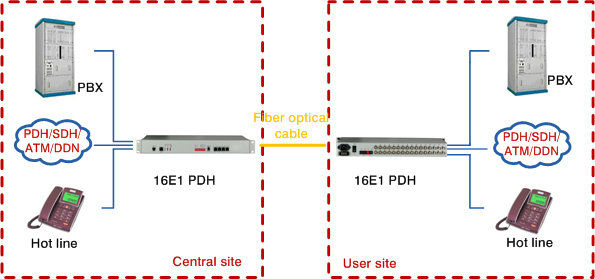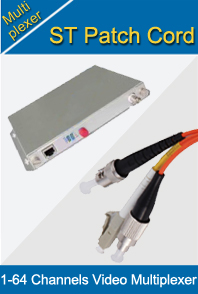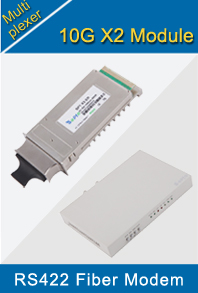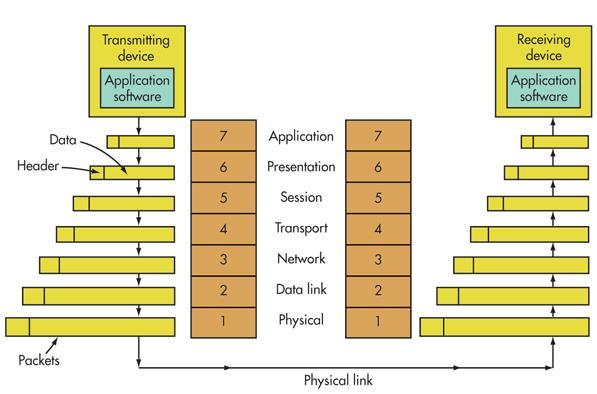-

- Sopto Home
-

- Special Topic
-

- Multiplexer Knowledge
-

- OSI 7 Layer Model Overview
Multiplexer Knowledge
- Why is Multiplexing Needed in Data Communication Systems?
- What is Concept of Multiplexing in Telephone System?
- What is Digital TV Frequency?
- Outlook of the WDM Networks
- DWDM Technical Overview
- CWDM Technical Overview
- How to Activate Cable Modems?
- How to Install a Fiber Optic Modem?
- How do I Choose a Best Fiber Modem?
SOPTO Special Topic
Certificate



Guarantee
Except products belongs to Bargain Shop section, all products are warranted by SOPTO only to purchasers for resale or for use in business or original equipment manufacturer, against defects in workmanship or materials under normal use (consumables, normal tear and wear excluded) for one year after date of purchase from SOPTO, unless otherwise stated...
Return Policies
Defective products will be accepted for exchange, at our discretion, within 14 days from receipt. Buyer might be requested to return the defective products to SOPTO for verification or authorized service location, as SOPTO designated, shipping costs prepaid. .....
Applications
Multiplexers can be used to connect PBX, Hot line and other devices of network from central site to user site through fiber optical cable.
SOPTO Products
- Fiber Optic Transceiver Module
- High Speed Cable
- Fiber Optical Cable
- Fiber Optical Patch Cords
- Splitter CWDM DWDM
- PON Solution
- FTTH Box ODF Closure
- PCI-E Network Card
- Network Cables
- Fiber Optical Adapter
- Fiber Optical Attenuator
- Fiber Media Converter
- PDH Multiplexers
- Protocol Converter
- Digital Video Multiplexer
- Fiber Optical Tools
- Compatible
Related Products
Performance Feature
High integration desig
Low power consumption
Good EMC, EMI
Stable and Reliable
Multiplexer Knowledge
Recommended


OSI 7 Layer Model Overview
OSI model is a standard of the International Organization for Standardization (ISO). It is a general-purpose paradigm for discussing or describing how computers communicate with one another over a network. Its seven-layered approach to data transmission divides the many operations up into specific related groups of actions at each layer.

OSI 7 Layer Modem
The transmitting computer software gives the data to be transmitted to the applications layer, where it is processed and passed from layer to layer down the stack with each layer performing its designated functions. The data is then transmitted over the physical layer of the network until the destination computer or another device receives it. At this point the data is passed up through the layers again, each layer performing its assigned operations until the data is used by the receiving computer’s software.
During transmission, each layer adds a header to the data that directs and identifies the packet. This process is called encapsulation. The header and data together form the data packet for the next layer that, in turn, adds its header and so on. The combined encapsulated packet is then transmitted and received. The receiving computer reverses the process, de-encapsulating the data at each layer with the header information directing the operations. Then, the application finally uses the data. The process is continued until all data is transmitted and received.
.jpg)
All of the necessary and desirable operations required are grouped together in a logical sequence at each of the layers. Each layer is responsible for specific functions:
• Layer 7 – application: This layer works with the application software to provide communications functions as required. It verifies the availability of a communications partner and the resources to support any data transfer. It also works with end applications such as domain name service (DNS), file transfer protocol (FTP), hypertext transfer protocol (HTTP), Internet message access protocol (IMAP), post office protocol (POP), simple mail transfer protocol (SMTP), Telenet, and terminal emulation.
• Layer 6 – presentation: This layer checks the data to ensure that it is compatible with the communications resources. It ensures compatibility between the data formats at the applications level and the lower levels. It also handles any needed data formatting or code conversion, as well as data compression and encryption.
• Layer 5 – session: Layer 5 software handles authentication and authorization functions. It also manages the connection between the two communicating devices, establishing a connection, maintaining the connection, and ultimately terminating it. This layer verifies that the data is delivered as well.
• Layer 4 – transport: This layer provides quality of service (QoS) functions and ensures the complete delivery of the data. The integrity of the data is guaranteed at this layer via error correction and similar functions.
• Layer 3 – network: The network layer handles packet routing via logical addressing and switching functions.
• Layer 2 – data link: Layer 2 operations package and unpack the data in frames.
• Layer 1 – physical: This layer defines the logic levels, data rate, physical media, and data conversion functions that make up the bit stream of packets from one device to another.
There are two key points to make about the OSI model. First, the OSI model is just that, a model. Its use is not mandated for networking, yet most protocols and systems adhere to it quite closely. It is mainly useful for discussing, describing, and understanding individual network functions.
Second, not all layers are used in some simpler applications. While layers 1, 2, and 3 are mandatory for any data transmission, the application may use some unique interface layer to the application instead of the usual upper layers of the model.
For more info, please browse our website.



